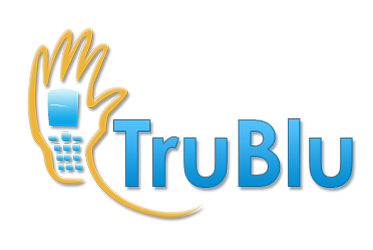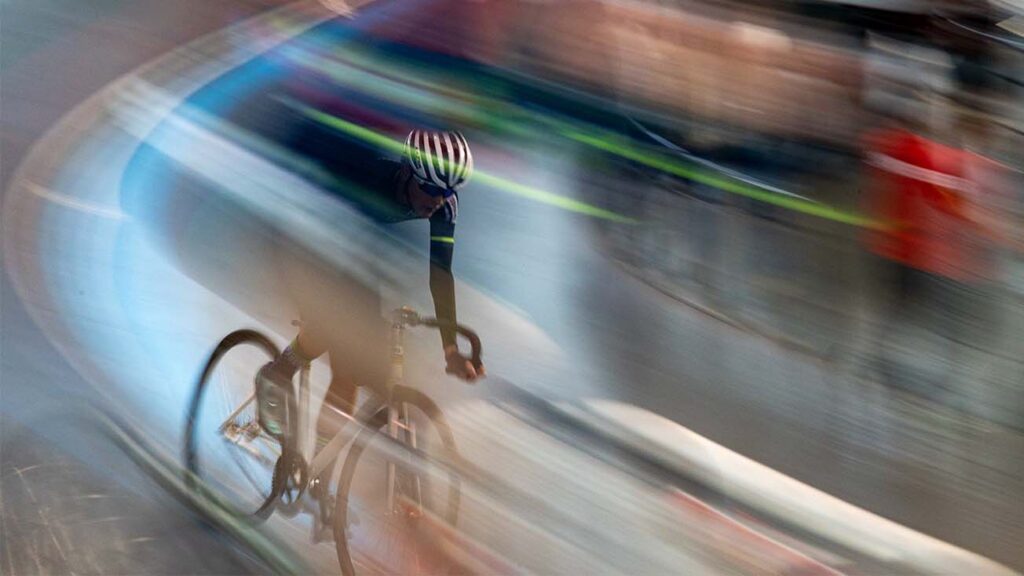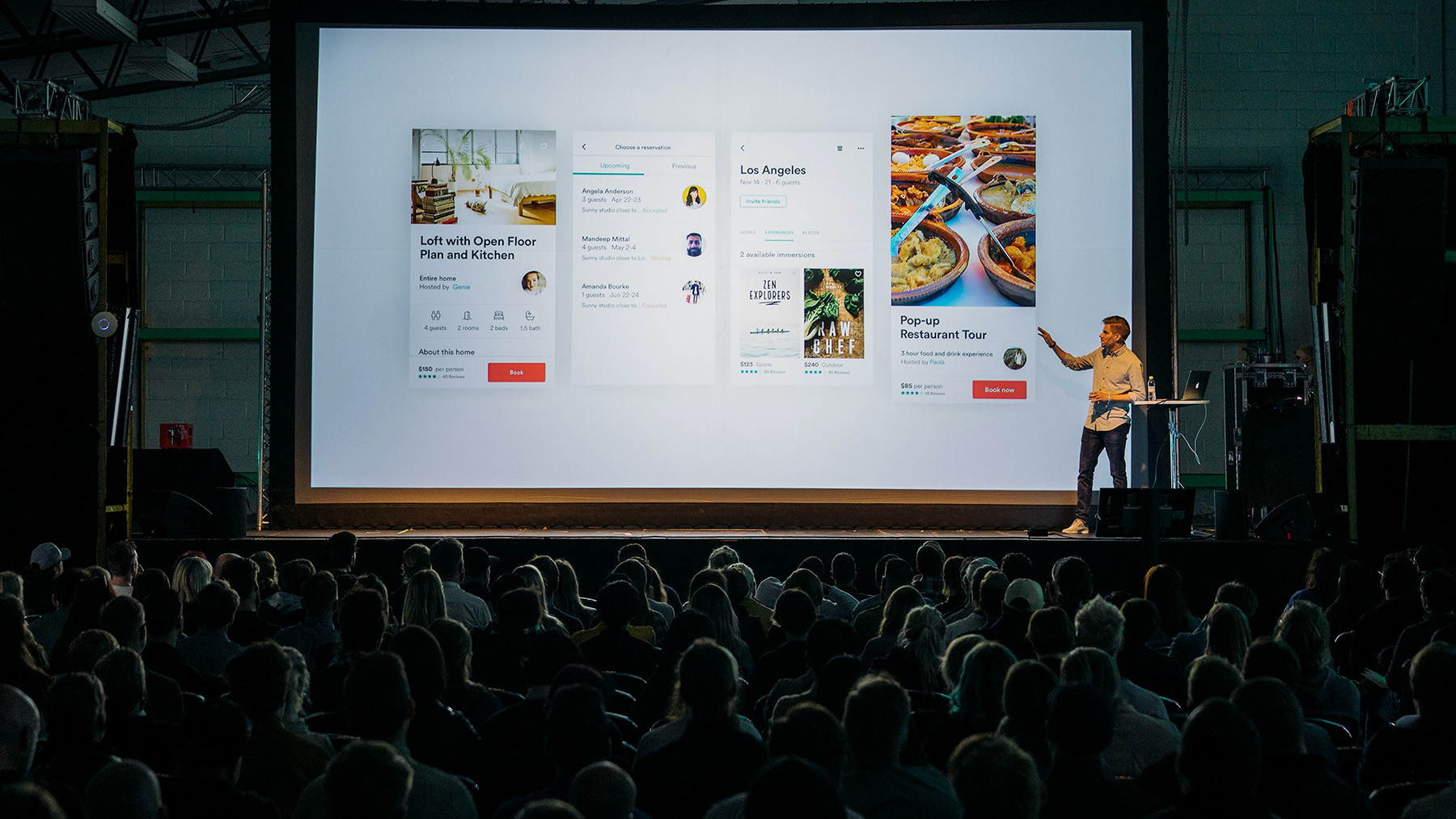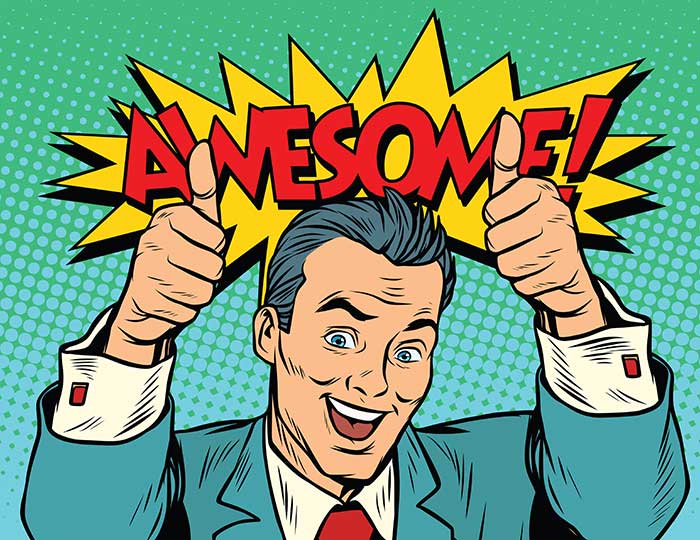Image optimization and compression techniques are essential for improving website performance and user experience. Large image files can slow down the loading speed of a website, causing visitors to lose interest and move on to other sites. Therefore, it is important to optimize images to ensure that they load quickly and efficiently.
There are several image optimization techniques available to reduce the size of image files without compromising their quality. Lossy and lossless compression are the two most common methods used. Lossy compression reduces the file size by removing some of the image data, resulting in a lower quality image. Lossless compression, on the other hand, compresses the image without losing any data, resulting in a higher quality image. Additionally, employing a content delivery network (CDN) can also help in optimizing images by caching and delivering them from servers closer to the user’s location.
The benefits of image optimization and compression techniques are numerous. Not only do they improve website performance and user experience, but they also reduce bandwidth usage and storage costs. By implementing these techniques, website owners can ensure that their images are of high quality while still maintaining fast loading speeds. In this article, we will explore the various image optimization and compression techniques available and how they can be utilized to improve website performance.
Table of Contents
ToggleUnderstanding Image Optimization
Importance of Image Optimization
Images are an essential part of any website or application. They can enhance the visual appeal of a page and help to convey information more effectively. However, images can also be a significant source of page load time, which can negatively impact user experience and search engine rankings.
Image optimization is the process of reducing the size and complexity of images to improve page load times while maintaining visual quality. Optimizing images can have a significant impact on website performance, making it essential for web developers and designers to understand the basics of image optimization.
Basic Concepts in Image Optimization
There are several concepts that are important to understand when it comes to image optimization. These include:
- Image compression: This is the process of reducing the file size of an image by removing some of the data. There are two types of image compression: lossless and lossy. Lossless compression reduces file size without sacrificing image quality, while lossy compression sacrifices some image quality to achieve a smaller file size.
- File formats: Different file formats have different properties that can affect image quality and file size. The most common file formats for web images are JPEG, PNG, and GIF.
- Image dimensions: The dimensions of an image (width and height) can affect both file size and visual quality. Resizing an image to the exact dimensions needed for a website can help to reduce file size and improve page load times.
- Image optimization tools: There are many tools available to help with image optimization, including online tools and plugins for popular content management systems like WordPress.
By understanding these basic concepts, web developers and designers can make informed decisions about how to optimize images for their websites and applications.
Image Compression Techniques
Image compression is the process of reducing the size of an image file while maintaining its quality. There are two main types of image compression techniques: Lossless Compression and Lossy Compression.
Lossless Compression
Lossless compression is a technique used to reduce the file size of an image while maintaining its quality like before. It is a compression technique where no data is lost during compression. This technique is mainly used for images that require high-quality output, such as medical images, text images, and graphics.
Lossless compression works by identifying and removing redundant data from the image file. Some of the most popular lossless compression techniques include:
- Run-length encoding (RLE)
- Huffman coding
- Arithmetic coding
- Lempel-Ziv-Welch (LZW) compression
Lossy Compression
Lossy compression is a compression technique where some of the information of the original image will be lost. The purpose of the lossy method is to increase the compression rate at the expense of the accuracy of the reconstructed image. This technique is mainly used for images that do not require high-quality output, such as web images, videos, and photographs.
Lossy compression works by identifying and removing redundant data from the image file. Some of the most popular lossy compression techniques include:
- Joint Photographic Experts Group (JPEG)
- Graphics Interchange Format (GIF)
- Portable Network Graphics (PNG)
- Tagged Image File Format (TIFF)
In conclusion, both lossless and lossy compression techniques have their own advantages and disadvantages. It is important to choose the right compression technique based on the type of image and the intended use of the image.
Best Practices in Image Optimization
Choosing the Right File Format
Selecting the right file format can greatly impact the performance of your website. PNG produces high-quality images but increases the file size. JPEG, on the other hand, produces smaller file sizes but can result in image quality degradation. GIF is best for simple graphics and animations. For photographs, use JPEG, and for graphics with fewer colors, use PNG.
Applying Compression Tools
Compression tools can reduce the size of your images without sacrificing quality. There are many tools available, such as Adobe Photoshop, TinyPNG, and ImageOptim. Before compressing, make sure to resize the image to the appropriate dimensions for your website.
Resizing Images Appropriately
Resizing images to the appropriate dimensions can significantly reduce the file size. Avoid resizing images using HTML or CSS as it can negatively impact the website’s performance. Instead, resize the image using an image editor before uploading it to the website.
By following these best practices, you can optimize your website’s images and improve its performance. Remember to choose the right file format, apply compression tools, and resize images appropriately to ensure fast loading times and a better user experience.
Advanced Image Optimization Techniques
Using CSS Sprites
One of the best ways to optimize images on your website is by using CSS sprites. A sprite is a single image that contains multiple smaller images. By using CSS to display only the portion of the sprite you need at any given time, you can reduce the number of HTTP requests needed to load your page. This can significantly improve your page load time.
To create a CSS sprite, you first need to combine all of your smaller images into a single larger image. You can then use CSS to display only the portion of the larger image that you need. This technique is especially useful for images that are used multiple times on a page, such as icons or buttons.
Leveraging Browser Caching
Another important technique for optimizing images on your website is leveraging browser caching. When a user visits your site, their browser caches (or stores) certain files, such as images, on their computer. The next time they visit your site, their browser can load these files from the cache instead of downloading them again. This can significantly reduce your page load time.
To leverage browser caching for your images, you need to set an expiration date or time in the HTTP headers for each image file. This tells the user’s browser how long it should keep the file in its cache before checking for a new version.
By using both CSS sprites and leveraging browser caching, you can significantly improve the performance of your website’s images, leading to a better user experience for your visitors.
Impact of Image Optimization
Image optimization is a crucial aspect of website development. It involves reducing the size of images without compromising their quality to improve website performance. In this section, we will discuss the impact of image optimization on website speed, user experience, and SEO ranking.
Improving Website Speed
One of the most significant benefits of image optimization is that it improves website speed. Large images take longer to load, which can lead to a slow website. Slow websites frustrate users and can lead to a high bounce rate. By optimizing images, you can reduce the load time of your website, leading to a better user experience.
Enhancing User Experience
Optimized images not only improve website speed but also enhance user experience. Fast-loading websites provide a smooth and seamless experience to users. They can navigate through the website without any delays or interruptions, leading to a positive user experience.
Boosting SEO Ranking
Image optimization can also boost your website’s SEO ranking. Search engines consider website speed as a ranking factor. A faster website will rank higher in search engine results pages (SERPs) than a slower one. By optimizing images, you can improve your website speed, leading to a higher SEO ranking.
In conclusion, image optimization is an essential aspect of website development. It improves website speed, enhances user experience, and boosts SEO ranking. By optimizing images, you can create a fast-loading website that provides a positive user experience and ranks higher in search engine results pages.
Conclusion
In conclusion, image optimization and compression are essential techniques that can help improve website performance and user experience. By reducing the size of images, websites can load faster, which can lead to higher engagement and conversion rates.
There are several techniques available for image optimization and compression, including lossy and lossless compression, machine learning techniques, and optimization strategies. Each technique has its advantages and disadvantages, and the best approach will depend on the specific needs of a website.
It’s important to note that while image optimization and compression can improve website performance, it’s also essential to maintain image quality. Websites should aim to strike a balance between image size and quality to ensure that images look great while still loading quickly.
Overall, image optimization and compression are powerful tools that can help websites improve their performance and user experience. By implementing these techniques, websites can provide a better experience for their users while also improving their search engine rankings.
Frequently Asked Questions
What are some popular tools for image optimization and compression?
There are several popular tools for image optimization and compression, including Adobe Photoshop, TinyPNG, Kraken.io, and ImageOptim. Each of these tools offers different features and benefits, so it’s important to choose the one that best fits your needs.
What are some techniques for optimizing images without losing quality?
Some techniques for optimizing images without losing quality include resizing images to the appropriate dimensions, reducing the number of colors in the image, and compressing the image using lossless compression techniques. Additionally, using vector images or SVGs instead of raster images can also help to reduce file size without sacrificing quality.
How does image optimization impact website speed?
Optimizing images can have a significant impact on website speed, as large image files can slow down page load times. By reducing the file size of images through compression and optimization techniques, websites can load faster and provide a better user experience.
What are the benefits of using WebP format for images?
WebP is a newer image format developed by Google that offers significantly smaller file sizes compared to traditional image formats like JPEG and PNG. This can result in faster page load times and improved website performance. Additionally, WebP supports transparency and animation, making it a versatile option for web developers.
What are the differences between lossy and lossless compression for images?
Lossy compression techniques reduce file size by removing some of the image data, resulting in a loss of quality. Lossless compression, on the other hand, reduces file size without sacrificing image quality. While lossy compression can result in smaller file sizes, it may not be suitable for all types of images, particularly those that require high levels of detail.
What are some best practices for image optimization for SEO?
Some best practices for image optimization for SEO include using descriptive file names and alt text, optimizing image size and file format, and using responsive images that adjust to different screen sizes. Additionally, including images that are relevant to the content of the page can help to improve user engagement and overall SEO performance.




